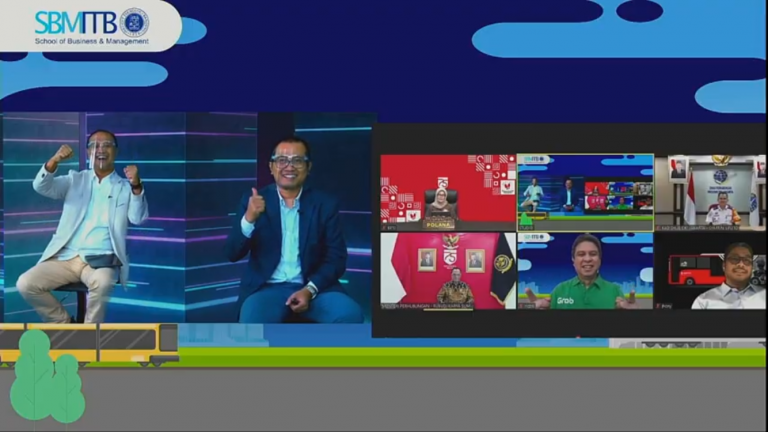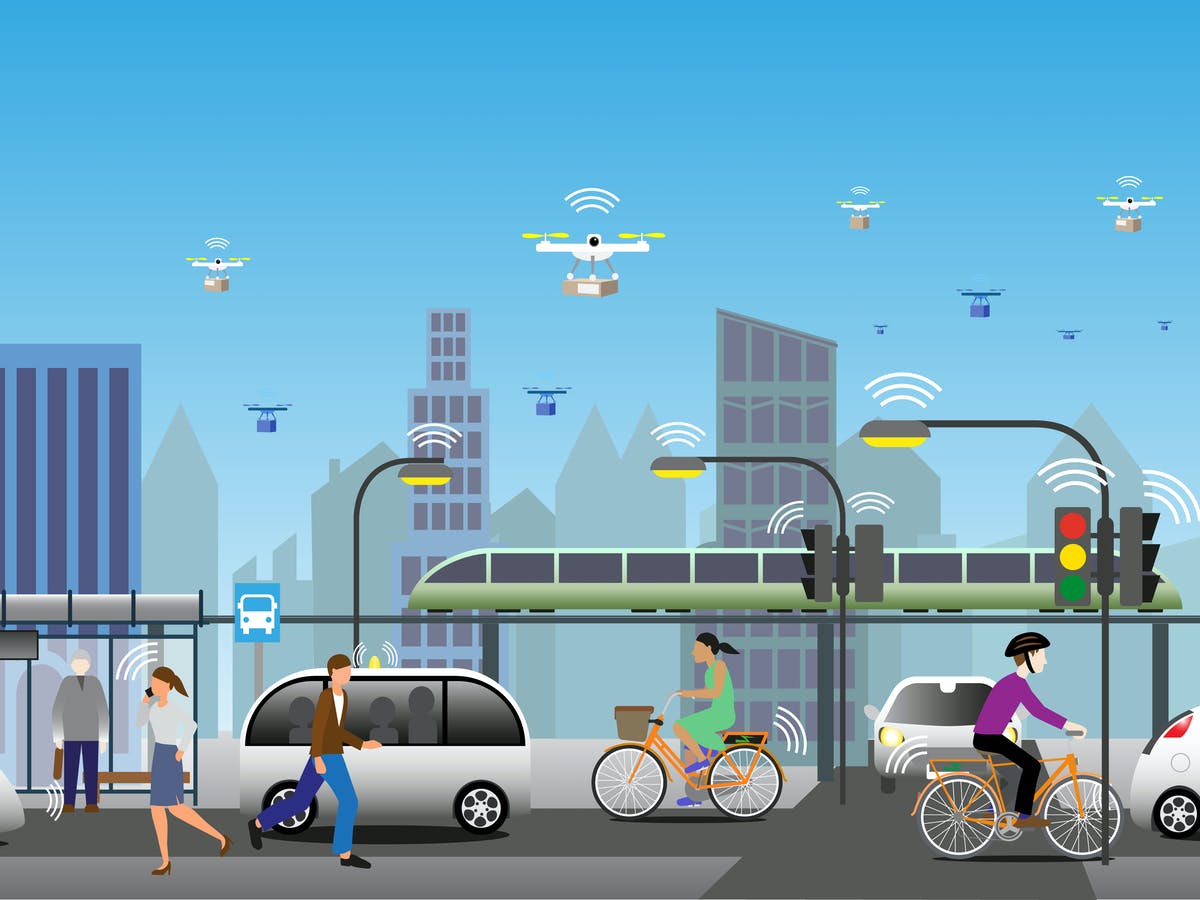Image source Solveig Been/Shutterstock
Written by: Dr. Yos Sunitiyoso
Study revealed an interesting fact that public transportation users were generally showing high satisfaction level with the current state of public transportation. The average satisfaction score from respondents was 8.2 out of 10 for overall satisfaction score.
“Overall, people who have used public transportation are quite satisfied with it currently, even though they still gave suggestions for further improvements. The top five issues that should be improved according to public transportation users are service frequency, compliance, capacity, comfort and reliability ” said the lead of researcher, Dr. Yos Sunitiyoso in one of the public discussions in August 2020.

The use of public transportation also has a positive impact on the environment. “By switching private vehicle users to public transportation, emissions will also be reduced,” explained Dr. Yos. In this study, the comparison of carbon emissions before and after using public transportation shows that in aggregate carbon emissions produced by 5064 respondents decreased by about 10 percent.
However, we know that Jabodetabek which filled by more than one hundred million trips every day has long struggled with traffic congestion. With private vehicles making up over 70 percent of vehicle use in the city, causing economic loss and environmental damage due to heavy pollution.
According to data from the National Development Planning Agency (Bappenas), traffic congestion in Greater Jakarta costs around Rp 65 trillion (US$4.6 billion) each year. The only option to resolve those problems is to keep continuing to build an effective and integrating mass public transportation system.
Thus, more and more people will leave their private vehicle at home and convert to be a mass public transportation user. Based on 2019 data from BPS (Central Bureau of Statistics), there were 15 percent people in Jabodetabek which was a commuter who uses mass public transport (KRL (Commuter Line), MRT (Mass Rapid Transit), LRT Light Rail Transport), and TJ (Trans Jakarta).
To support the effective and integrating mass public transportation development, our school researchers lead by Dr. Yos Sunitiyoso conducted a study on Jabodetabek Commuters’ Multimodal Transportation Use. A face-to-face interview survey of 5064 mass transportation users at KRL, MRT and LRT stations and Transjakarta stops in Jabodetabek was conducted from December 2019 to early March 2020 regarding experiences and opinions on using multimodal transportation for their trips.
The result of the research found that the average distance travelled by commuters every day was 25 kilometres (one-way) or 50 kilometres per day, divided into 3 to 6 travel segments/trip (for average 1,1 hours trip (one-way)). This fact shows the importance of integration between modes of public transportation to encourage their use by Jabodetabek residents.
One reason for the lack of use of mass public transport by Jabodetabek residents is the location of stations or shelters which generally are too far to walk on foot from their homes or workplaces. The limited public transportation services from the commuter origin point (first-mile) to the final destination (last mile), causing a long hours duration and impracticality for their daily trips. Ride-hailing or online transportation which offers the flexibility and on-demand services can play an important role for the first mile and last mile connecting issue. The research discovered that 48 percent of mass public transport user use a ride-hailing as part of their daily multimodal, especially in their first mile and last mile. Besides, there is 31 percent of commuters shifting to using mass public transportation due to the existence of ride hailing services.
The research which consisted of the research team of Wulan Asti Rahayu, Shimaditya Nuraeni, Fikri Hadiansyah, Ilham Fadhil Nurdayat, and Noorhan Firdaus Pambudi, also make a recommendation to policymakers of mass public transportation and ride-hailing services. “Moreover, we strongly recommended the collaboration between regulators, mass transportation services and ride-hailing services to encourage an increase in the number of mass transport passengers to decrease the traffic jam and air pollution,” told an expert researcher in transportation mode.
Here are the recommendations:
1. Regulators need to develop a drop and ride policy at public facilities such as stations/bus stops to increase the number of passengers on mass transportation.
2. Policymakers need to integrate information between mass transportation operators and ride-hailing services, which one is by maximizing the use of ride-hailing platforms
3. An integrated payment system using various types of payment platforms to give seamless experience for mass public transport user
4. Develop appropriate policies and infrastructure regarding the potential use of individual transportation mode such as electric scooters in multimodal transport journeys to give a safe and healthy experience during pandemic Covid -19 and new normal era (Adaptasi Kebiasaan Baru/AKB).




